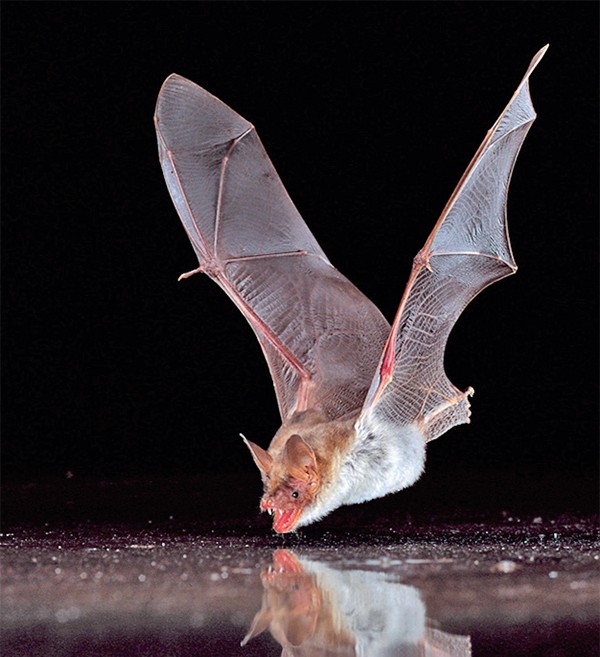
As Halloween falls bang in the middle of this issue, let’s shed some light on some widely believed bat myths. On October 31st many of us will have Count Dracula himself knocking on our doors asking for sweets, but he has done about as much for bats’ public image as Jaws has done for the great white shark.
Bats are actually a protected species in this country, they are not blind and they do not suck blood. Dr Tina Aughney from Bat Conservation Ireland is keen to stress that they should not be associated with any rodent species, as they are mammals.
Aughney was invited by Dodder Action to speak at Bushy Park and lead the group on a bat walk, where they could identify the various bat species using the specialist equipment. There are 11 different bat species in Ireland, but most likely to be spotted in an urban environment is the Pipistrelle (common and soprano because of its distinctive hunting call) who roosts in rooftops and buildings, and the Daubenton’s Bat, also known as the water bat.
Both these species can be spotted along the Dodder and Dodder Action must be commended for their hard work, as the presence of Daubenton’s Bats is an indicator of good water quality.
Leisler’s Bats are not as light-sensitive as other Irish species and therefore are more likely to be spotted among the bright lights of Ringsend and in the open spaces of Ringsend and Bushy Parks.
Ireland is considered a stronghold for Leisler’s as they are not found in other parts of Europe. Daubenton’s in particular suffer with light pollution. Aughney states, “I know we need a compromise, humans need street lights for health and safety purposes but there are strategies such as sensory or directional lighting that are also more energy efficient.”
Due to the protected status of bats, local authorities must work closely with Bat Conservation Ireland, BCI, when planning new developments within 200 metres of bodies of water. They advise on ways to ensure that bat roosts are not disturbed with works to bridges and that the dark corridors, needed to hunt, are preserved.
There are ongoing bat surveys across the country and BCI welcome all volunteers. It is a fun way to unveil the mystery behind this misunderstood little creature and contribute to the overall conservation project by collecting data.
For more information see website www.batconservationireland.org or to get involved email info@batconservationireland.org
By Maria Shields O’Kelly



